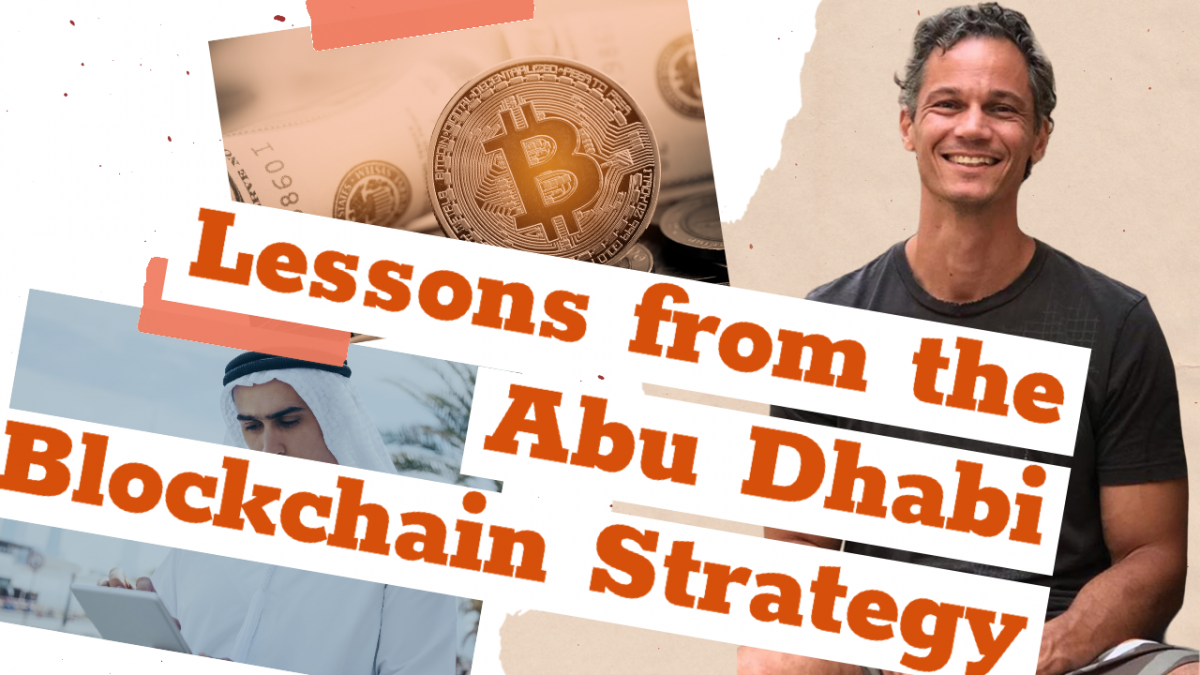The first strategy in investing is shaky and tough on our mental health. The "paper hands" strategy, characterized by impulsive selling and low-risk tolerance, provides a shield against steep losses during market downturns. However, the emotional roller coaster of fear and uncertainty associated with this approach can take a toll on mental health. Studies suggest that impulsive actions driven by fear are linked to long-term negative outcomes, highlighting the potential psychological impact. Word in the crypto community is that this strategy usually leads to losses as it's nearly impossible to perfectly time the market. I hear that “time in the market” is better than “timing the market.”
On the other end of the spectrum, the "diamond hands" strategy represents unwavering commitment, showcasing resilience even in the face of extreme market volatility. While this approach may result in long-term gains, maintaining such steadfastness requires a significant psychological toll, potentially affecting overall well-being. This strategy is for hardcore believers in crypto and is only appropriate for investing in solid cryptocurrencies. You know, the top one! The problem with this strategy is that it can mean that one never takes profit and only experiences the ups and downs of the crypto market.
Now, consider the "steel hands" approach, a strategy offering a more balanced and sustainable path. I did some research and found a study from the Journal of Behavioral Finance, titled "The Impact of Risk Tolerance on Investment Decisions: Evidence from the Chinese Stock Market" by Y. Zhang, Y. Li, and Y. Wang, that underscores the importance of maintaining a balanced approach to risk management. It’s common sense research; when considering our mental health in trading, it's smart to be balanced and take a moderate risk. I would add, that may also be smart in terms of cryptocurrency investing as this asset class is highly volatile and risky. But hey, I am not an investment advisor and not as knowledgeable as those guys at the bank …
Investors with "steel hands" possess a moderate risk tolerance, balancing investments across different asset classes and sectors. As the FOMO-force in crypto is strong, I would say that this strategy is a commonsense approach to investing. For those new to crypto, FOMO is a strong feeling that we must buy immediately along with everyone else. Generally I hear that we want to do the opposite.
Whereas the “steel hands strategy” allows for a more thoughtful and well-considered decision-making process, steering clear of impulsive actions. The study also emphasizes that this balanced approach aids in avoiding irrational decision-making and maintaining focus on long-term financial goals.
Here's a practical example. Imagine an investor faced with a sudden market downturn. A person with "paper hands" might panic, hastily selling off assets to avoid potential losses. Conversely, an individual with "diamond hands" would likely hold onto their investments, convinced of long-term success but enduring increased stress.
Now, envision an investor with "steel hands" in the same scenario. With a moderate risk tolerance, this individual would navigate the downturn with resilience, holding onto assets but also being open to strategic adjustments based on rational analysis. This balanced approach not only allows for potential gains but also contributes to a healthier mental state. Daily swings in prices will not impact as much and one can even ignore daily statistical analysis or astrology to guess the future price of an asset. Yes, there are those that predict cryptocurrency prices through astrology…
If you learn anything from this article, it is to stay away from having paper hands. Please do not jump from coin to coin or from stock to stock thinking that you are smarter than the market.
Here’s some sobering data: Day trading, a risky strategy in the financial world, faces considerable hurdles, as highlighted by several studies. A study in the Journal of Finance found that only 1% of day traders consistently make profits. Another study by Charles Schwab showed that while 70% of day traders have a game plan, only a small portion of them actually end up making money. In a more extensive study called "Day Trading For A Living," which tracked 1,600 Brazilian day traders for over a year, only 13% were still actively trading after three years. Moreover, official data from 30 ESMA-regulated brokers disclosed that, on average, a high 74.9% of forex traders incur financial losses, emphasizing the substantial risks linked with day trading.
If you decide on investing in crypto, “Do not day trade.” Just don’t.


